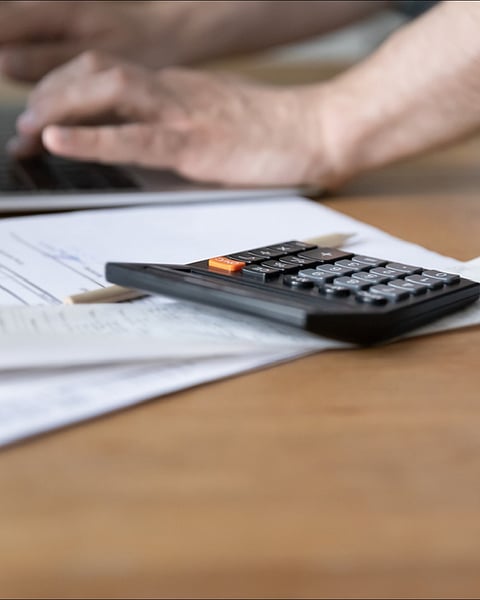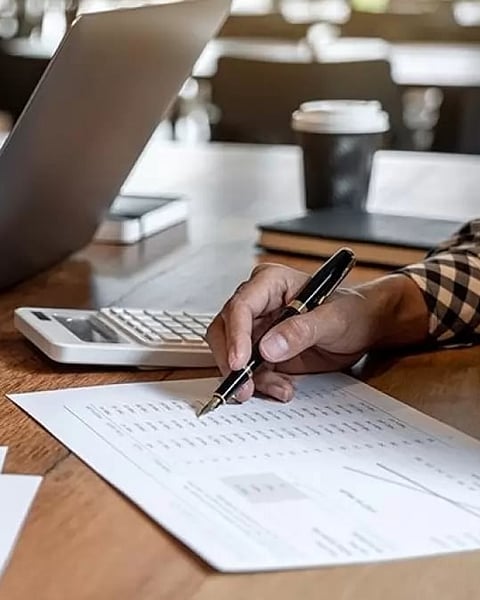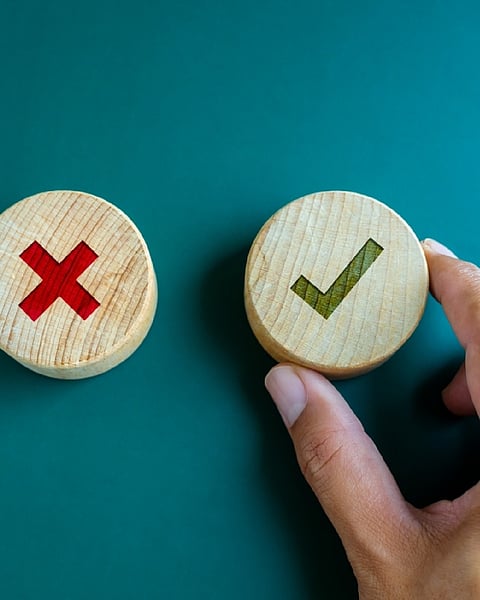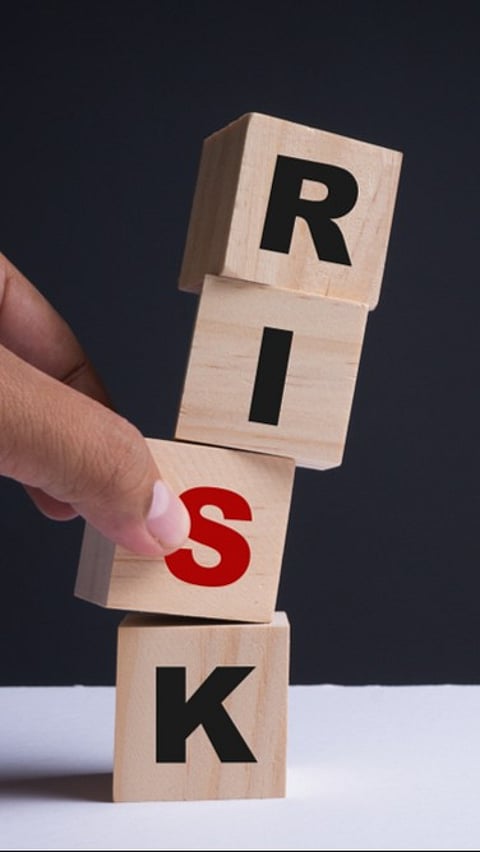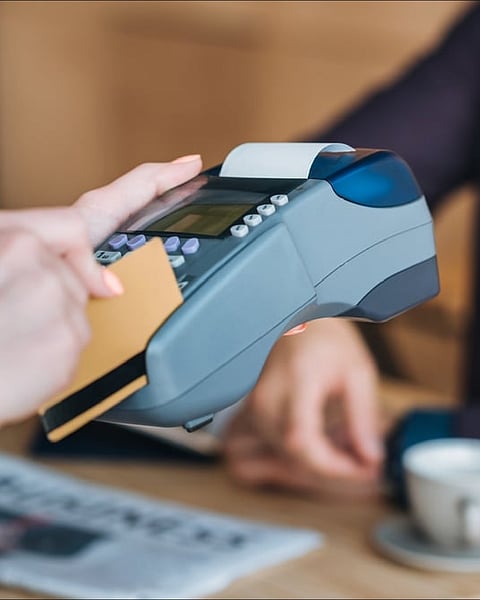DIY Investing
DIY investing allows individuals to manage their own investment portfolios. Instead of hiring an investment advisor or fund manager, DIY investors often utilize online brokerage accounts or mobile apps to trade financial instruments like bonds, mutual funds, ETFs, etc.

